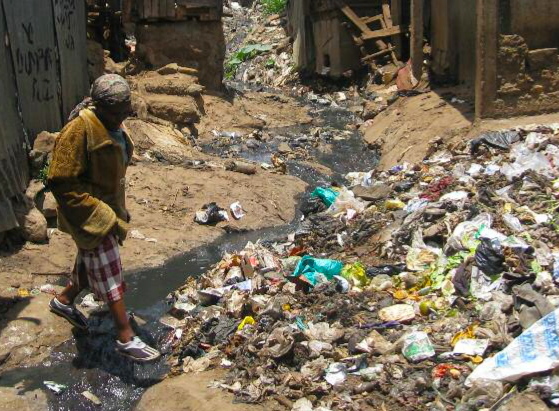#9: The end of the beginning
Alas, this is the final post of my ‘Water in Africa: A Feminist Perspective’ blog. Here, I will summarise the discussions I have proposed over the last few months, reflecting upon what I have learnt and what more there is to learn about water and women’s development in Africa. Since my first blog post, I have been determined to embody the United Nations’ 2030 Sustainable Development Goals’ (SDGs) ethos to “leave no one behind” by amplifying the matters concerning women and water development in Africa. I referenced the SDGs, especially SDG 5 (achieving gender equality) and SDG 6 (available adequate water supplies) as being critical to women’s development. These goals, and a multitude of the other SDGs, acted as a base throughout my blog when analysing strategies that sought to improve water and sanitation facilities in Africa. By accompanying my posts with diverse rural and urban case studies, I aimed to represent Africa as a diverse socioeconomic and enviro...




